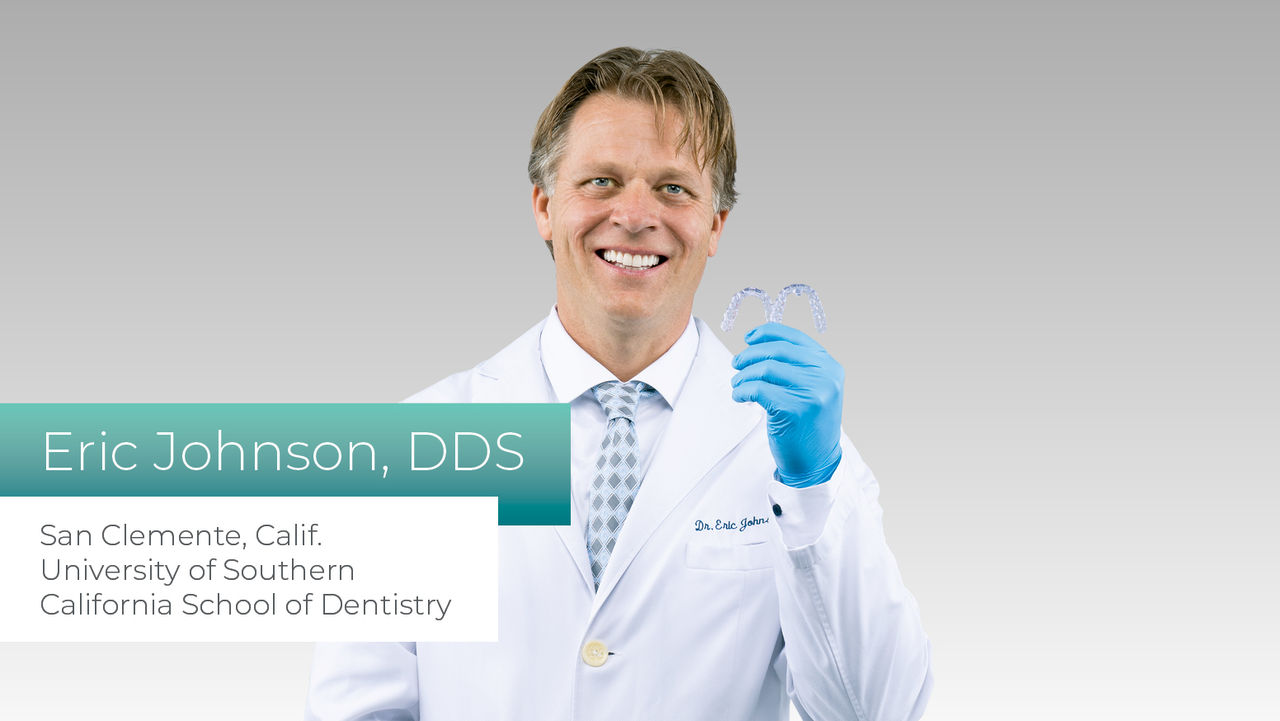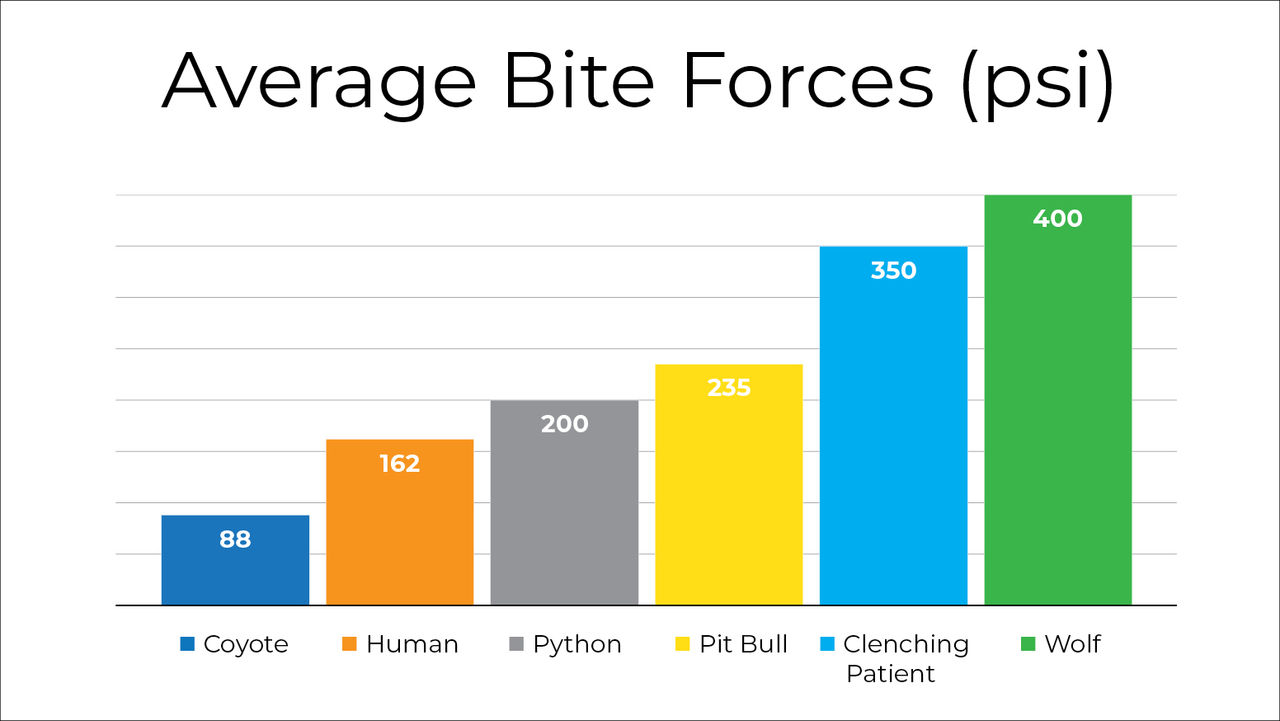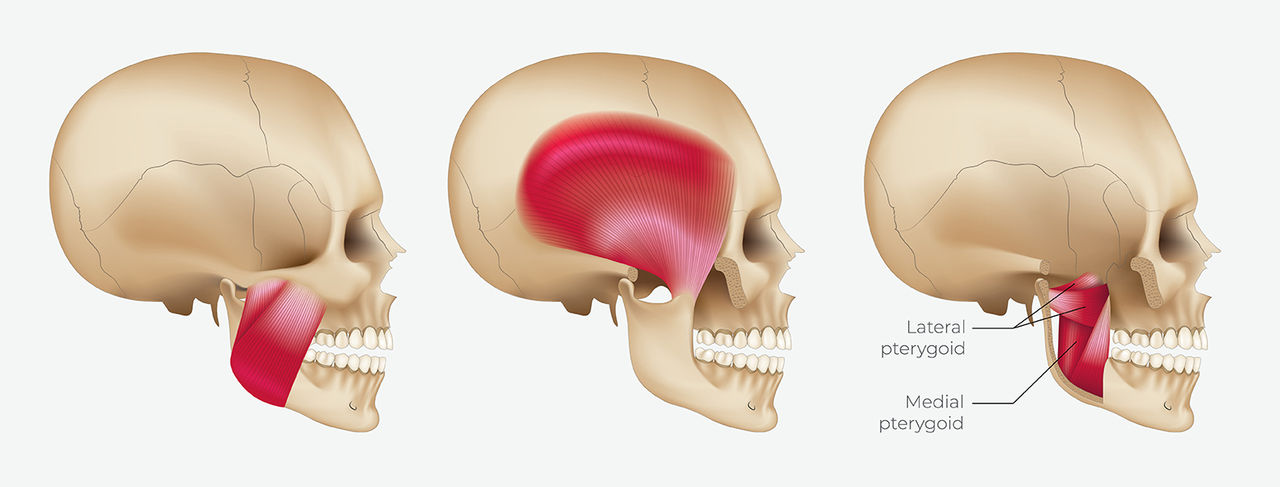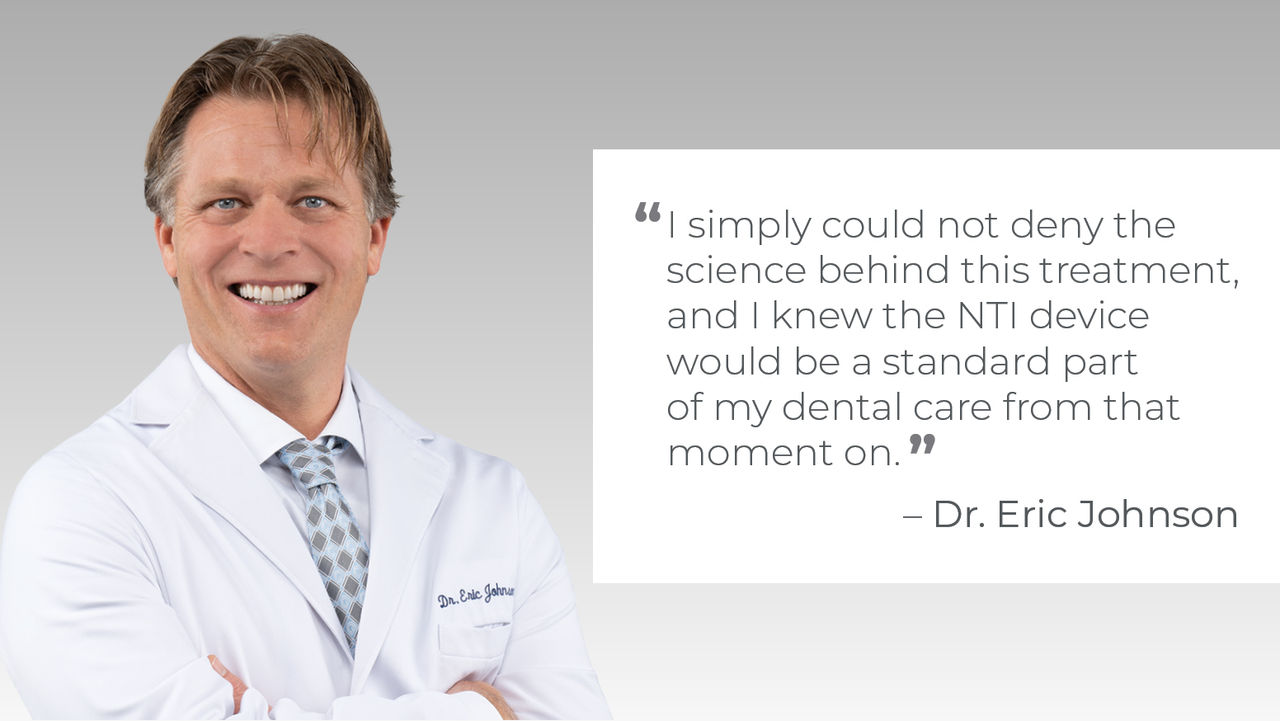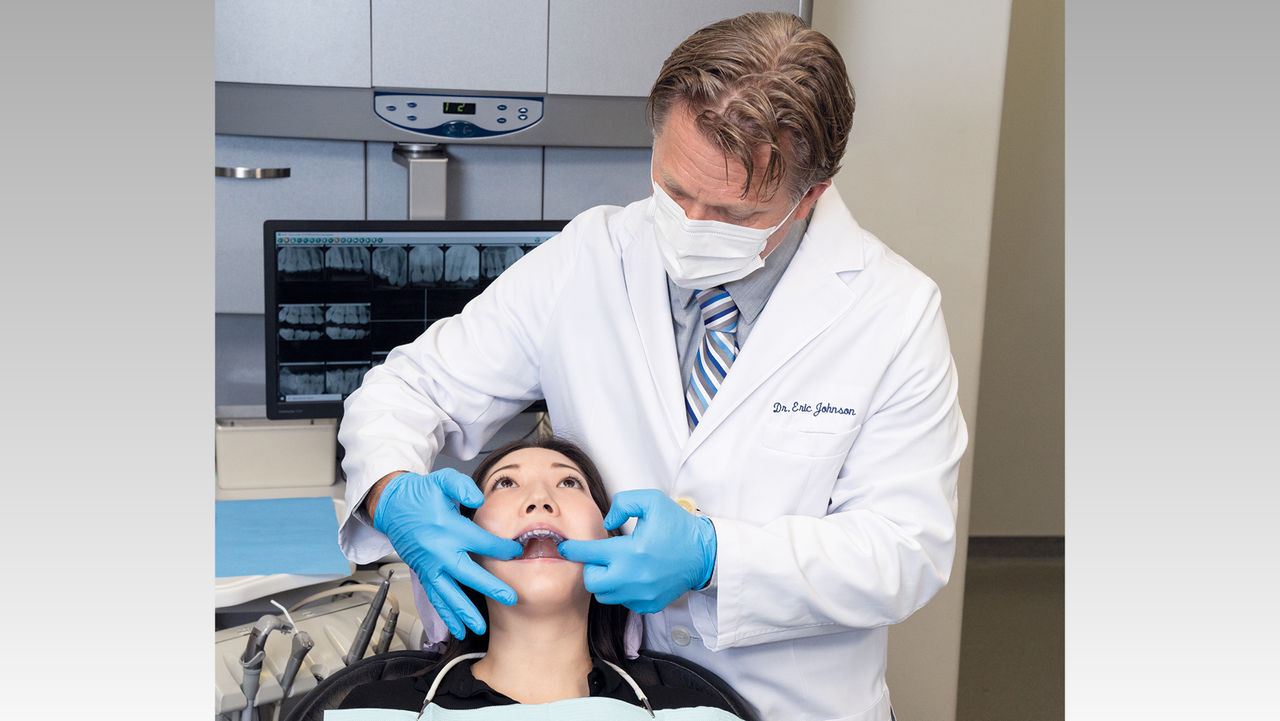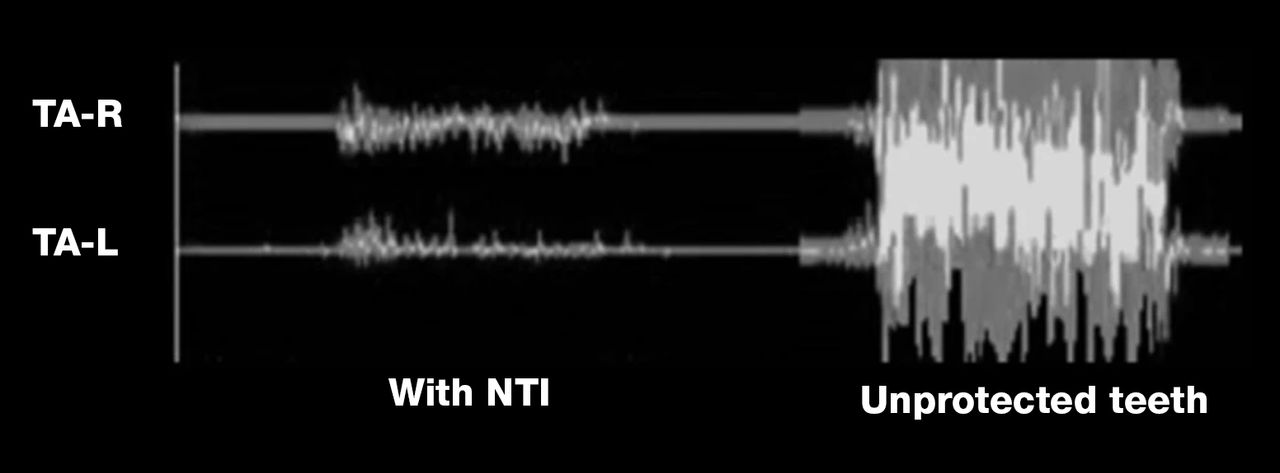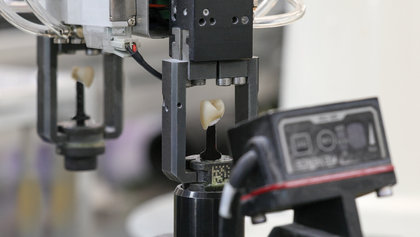It got to a point where I dreaded evaluating and adjusting these appliances, which only seemed to offer a frustrating and limited outcome. I myself was an expert at grinding down these types of appliances in my sleep. My temporomandibular joint (TMJ) would wake up sore. Yes, there was no teeth-on-teeth contact due to the acrylic thickness, but the underlying cause of inflammation and pain could not be addressed with regular splints.
My patients also presented with a barrage of recurring symptoms that I found difficult to treat with the resources that I had available to me. Some symptoms resulted from prior orthodontic treatment, head and neck trauma, or a “roller coaster” occlusion from a myriad of restorative materials. This imbalance results in migraines, bruxism, excessive forces, wear facets, chronic cervical hypersensitivity, abfractions, recession, bone loss, migration or rotation of the arch form, oblique fractures, broken restorations, and tenderness of associated musculature.
I also frequently completed consultations with patients who were experiencing myofascial pain as well as degenerative signs and symptoms resulting from improper TMJ positioning and associated muscular inflammation. In some cases, the patients’ TMJs experienced popping, clicking, deterioration of the joint, trismus and arthritis. Some with heavy bite forces also created periodontal pocketing with bleeding, a linea alba and tongue ridging.
As dentists, our mission is to help our patients experience a higher quality of life. I found it very difficult to accomplish this when there appeared to be so few solutions.


